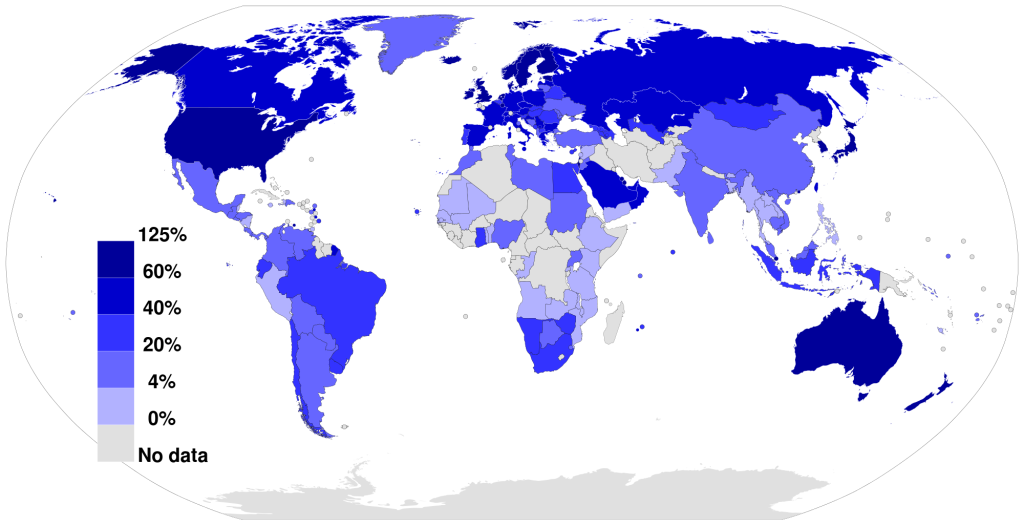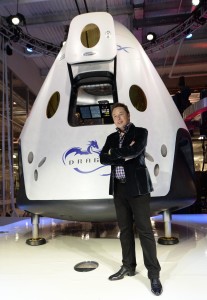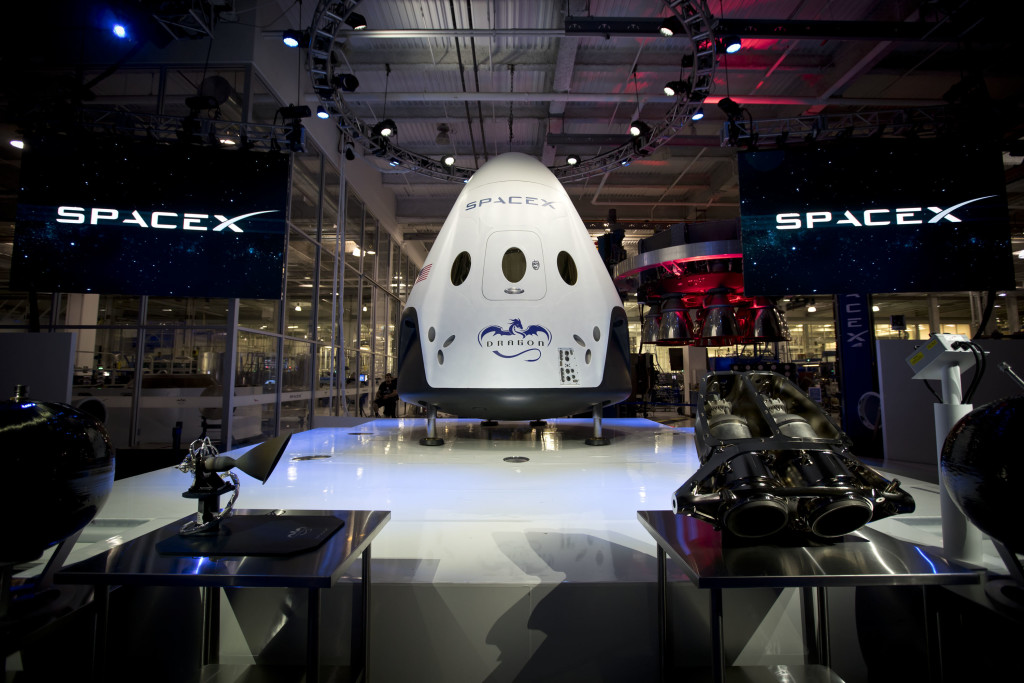Elon Musk and the International (and Interplanetary) Internet

Elon Musk, the CEO and CTO of SpaceX, CEO of Tesla Motors, and product architect of Tesla Motors, is now entering the field of satellite Internet. He recently submitted a request to the Federal Communications Commission for permission to launch four thousand satellites into the Earth’s atmosphere, in the hopes of providing Internet access to, well, literally everyone in the world. Musk joins several other prominent companies looking to use sometimes-maligned satellite technology to provide quick Internet access to parts of the world starved for connectivity.

A map of the globe, demonstrating global internet accessibility and usage.
For Musk, however, the satellite project is part of something much larger. By creating a network of satellites for the Earth, Musk hopes to start a project that will kickstart the process of colonizing Mars (we’re not kidding).

Elon Musk stands in front of rocket during unveiling of SpaceX program.
Using the Falcon Rocket to Deploy a Global Satellite System
Musk plans to use SpaceX’s Falcon rocket to distribute a network of satellites that will orbit the Earth and enable global, low-latency Internet accessibility. He and his SpaceX team hope to make each rocket in the Falcon series reusable; to date, most rockets have been destroyed (intentionally) or have crash-landed (unintentionally), which makes each one extremely expensive. Reusable rockets will help save SpaceX and its affiliates a lot of money.
Working with Google and Fidelity to Create Global Connectivity
Musk’s mission has connected him with partners like Google and Fidelity, who want a piece of the action. The two companies recently contributed $1 billion to SpaceX to help Musk achieve his goals; this means they will own just under 10% of the company. Google has a history of similar projects, like Project Loon, which got off the ground in June 2013. By deploying low-altitude satellites, Musk hopes to solve the “latency” problem of most satellite Internet connections (in other words, he hopes to make satellite Internet fast enough for everyone, regardless of their geographic location). Nowadays, many Internet providers use satellites that are located over twenty-six thousand miles above sea level. Musk’s satellites would be located approximately 750 miles above sea level, greatly reducing any delays in latency.
 Using a Network to Create “Mars City”
Using a Network to Create “Mars City”
As we mentioned, Musk’s endgame is even more ambitious than providing globally accessible satellite Internet (as if that wasn’t ambitious enough). Musk sees the satellite network as the first step toward financing a permanent, fully functioning colony on Mars.
Here’s his plan: Once the web of satellites is established and Earth becomes a powerful, Internet-rich planet, SpaceX will link the satellites to another web of satellites orbiting Mars. The interplanetary connection will be funded by the success of Earth’s satellite-Internet program and will eventually be used by “Mars City.”
A Bridge Too Far for SpaceX?
We have to admit: we see a lot of potential issues that could stop this grand plan from unfolding as Musk envisions it; the first of which is the cost of the whole thing. Musk himself has even raised concerns that the project could overextend SpaceX’s resources. Deploying four thousand satellites will require SpaceX to develop an whole fleet of reusable spacecraft. Even the Falcon, with its cutting-edge design, is far from being a reliable multi-use rocket. There will also be significant costs for construction, maintenance, and repair of the entire satellite network.
What do you think? Will SpaceX be able to connect the world using satellite Internet technology? Is this a viable first step in a business model that can eventually lead to exploration and settlement on Mars?

